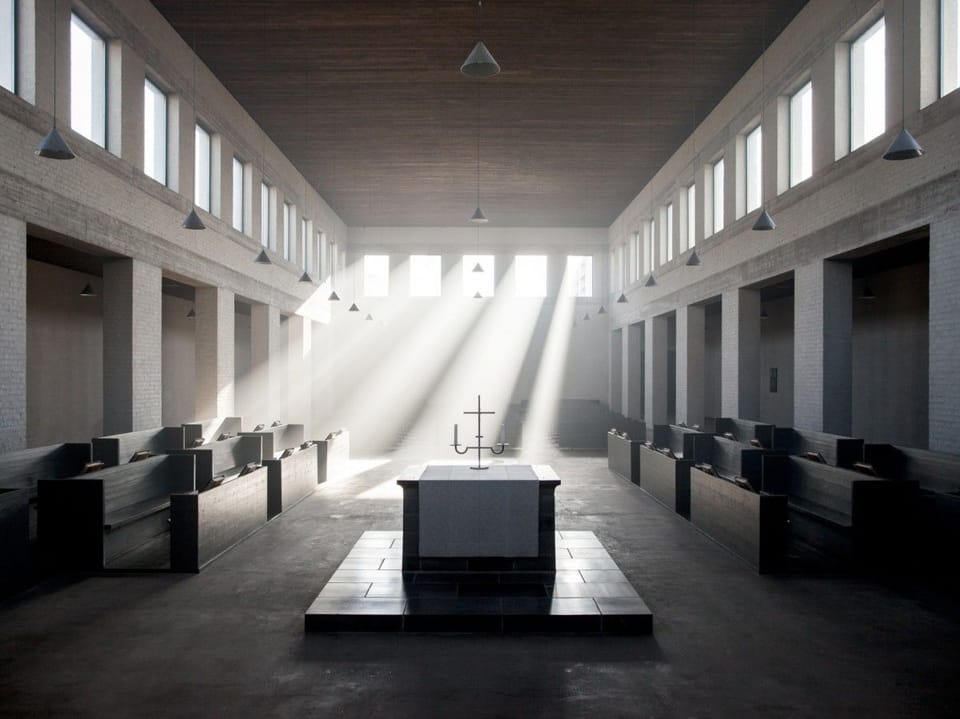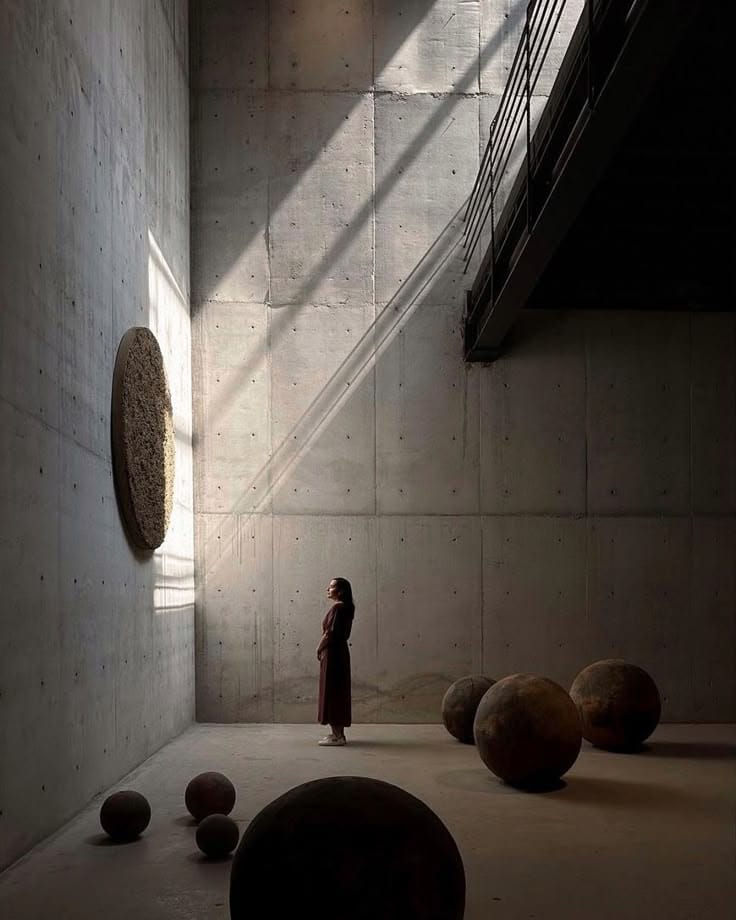Sarah Taylor
Spatial strategist with a background in diverse spatial disciplines, combining architectural thinking with cognitive science to explore how environments shape perception, emotion and performance.

Spatial strategist with a background in diverse spatial disciplines, combining architectural thinking with cognitive science to explore how environments shape perception, emotion and performance.

The concept of salutogenesis, introduced by Aaron Antonovsky, reoriented the study of health away from illness and toward the conditions that support well-being. In architecture and spatial design, this shift has opened up new questions: not only how to reduce environmental stressors, but how to create settings that actively support

When we stop focusing on the outside world, the brain doesn’t shut down, it switches modes. In the absence of directed tasks or external stimuli, a different system comes online: the Default Mode Network (DMN). Often misunderstood as a passive state, the DMN is in fact one of the

We’ve all felt it. The moment of entering a space that just feels right. Nothing announces itself, and nothing needs to. There’s a coherence to the environment that settles the body before the mind even catches up. In recent years, researchers have begun to explore this experience not

In a world saturated with noise, both physical and cognitive, spaces of stillness are becoming essential sanctuaries for the modern mind. But what makes an environment truly still? How can architecture guide perception toward a state of rest rather than stimulation? These questions find resonance in the work of Dutch

In an era of relentless connectivity, solitude is often conflated with loneliness. But stepping back from the sensory overload of daily life is not a retreat; it is a requirement. When the mind is freed from constant input, it has the capacity to reset, enabling introspection, clearer thinking, and emotional